|

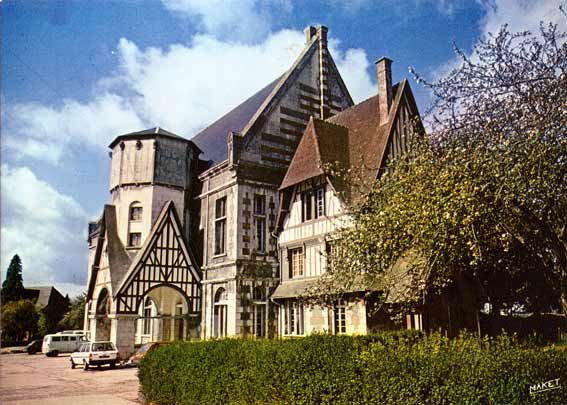
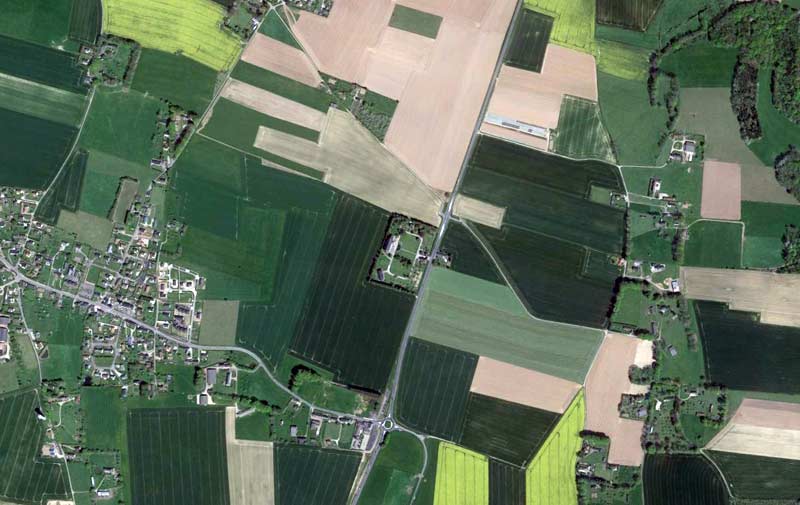
Le village de Louvetot et l'ancienne propriété au bord de la route Caudebec-Yvetot vus par satellite.
The village of Louvetot and the old property along the Caudebec-Yvetot road.
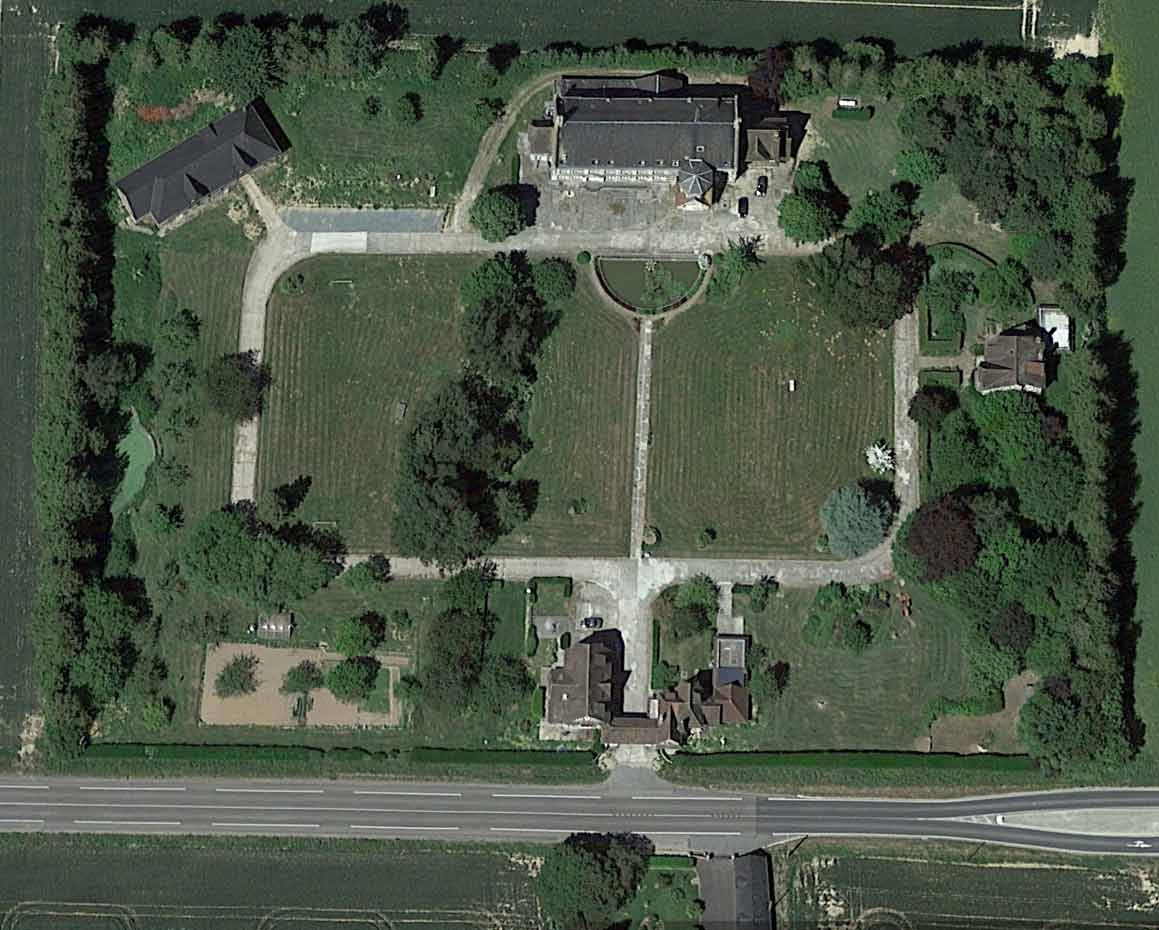
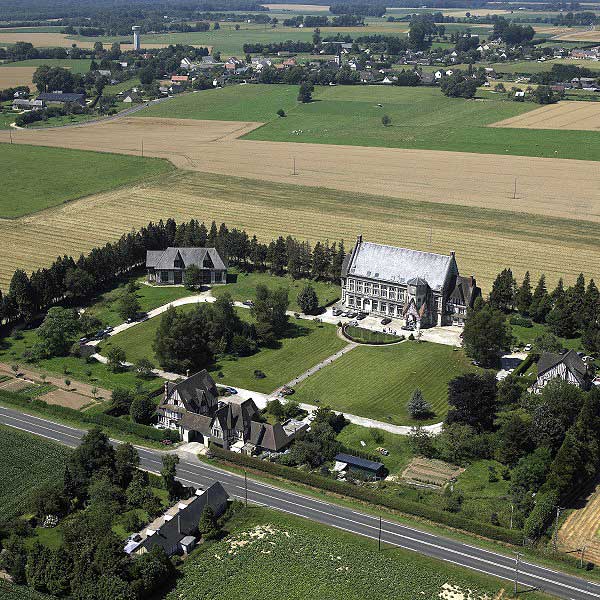

On distingue outre le pavillon du gardien à l'entrée, le château abritant les installations et l'émetteur. Le logement du chef de poste est accolé à la droite du bâtiment. A l'extrême droite du terrain, le pavillon d'un fondé de pouvoir et au fond à gauche, le bâtiment des machines destinées à la production de l'énergie électrique. Un câble téléphonique souterrain reliait les studios de Caudebec - situés à quelques kilomètres (vers la gauche) - jusqu'à l'émetteur. Au milieu de la pelouse, à la place du bouquet d'arbres, il manque désormais quelque chose... le pylône d'émission de 120 mètres (ou plus) ! |
In addition to the guard's pavilion at the entrance, we can see the castle housing the installations and the transmitter. The station manager's accommodation is attached to the right of the building. On the far right of the field, the pavilion of an authorized representative and at the back on the left, the building of machines intended for the production of electrical energy. An underground telephone cable connected the Caudebec studios - located a few kilometers (to the left) - to the transmitter. In the middle of the lawn, instead of the clump of trees, something is now missing... the 120 meter (or more) transmission tower! |
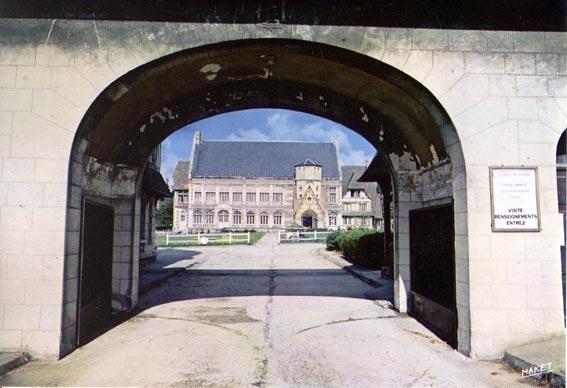

Vue de l'entrée en 2010
The entrance in 2010
|

En 2010, le bâtiment principal avec l'entrée surmontée de la tour d'horloge dont le clocher a brûlé pendant la guerre
et n'a pas été reconstruit à l'identique. La salle de l'émetteur occupait tout le premier étage du bâtiment
In 2010, the main building with the entrance surmounted by the clock tower whose bell tower burned down during the war
and has not been rebuilt identically. The transmitter room occupied the entire first floor of the building

Visite en 2010 pendant "Les Journées du Patrimoine". La propriété appartient aujourd'hui à une communauté religieuse
Visit in 2010 during "Heritage Days". The property today belongs to a religious community


Visite en 2010 : sur le toit, l'antenne émettrice de la radio locale religieuse "Phare FM"
Visit in 2010: on the roof, the antenna of the religious local radio "Phare FM"
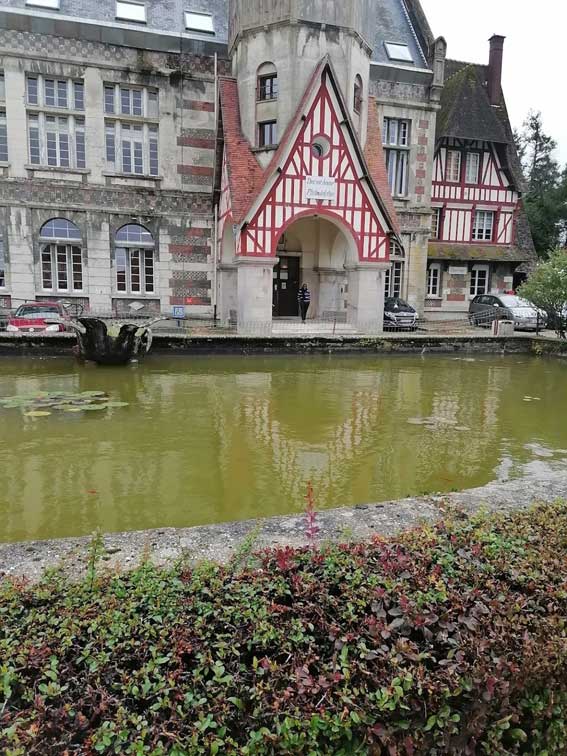
Devant l'entrée principale, l'ancien bassin de refroidissement de l'émetteur accueille désormais quelques poissons rouges
In front of the main entrance, the former cooling pond of the transmitter now hosts a few goldfish
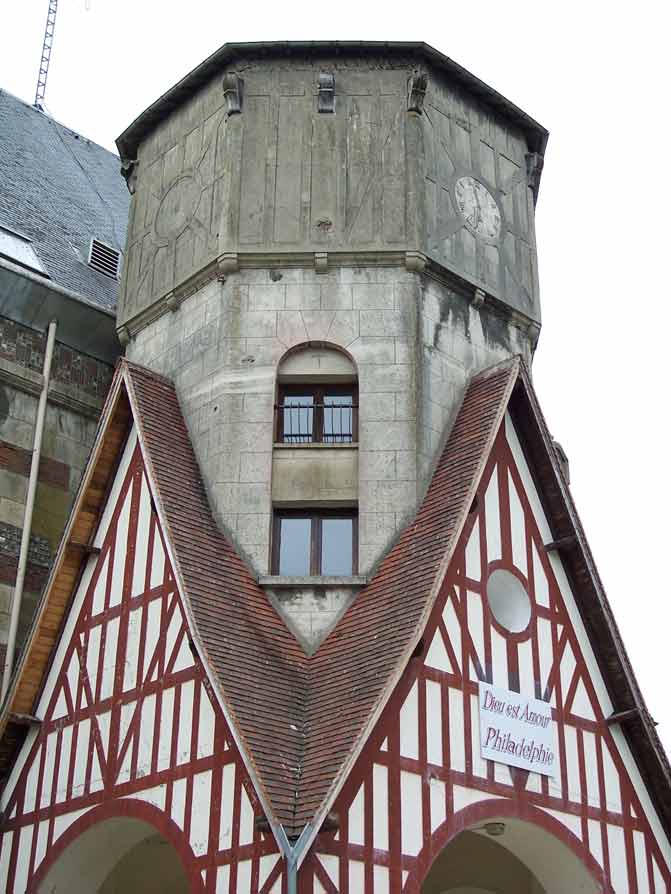
Détail de la tourelle de façade. La partie supérieure aurait servi de réserve d'eau pour le refroidissement de l'émetteur
Remarquez l'horloge marquant 11 h 35. Certains pensent que les aiguilles peintes symbolisent
le 11è mois (novembre) et l'année 1935, soit la date de pose de la première pierre du bâtiment (le 30.11.1935)
Detail of the facade turret. The upper part would have served as a water reserve for cooling the transmitter
Notice the clock marking 11:35 a.m. Some believe the painted hands symbolize
the 11th month (November) and the year 1935, the date of the laying of the first stone of the building (30.11.1935)
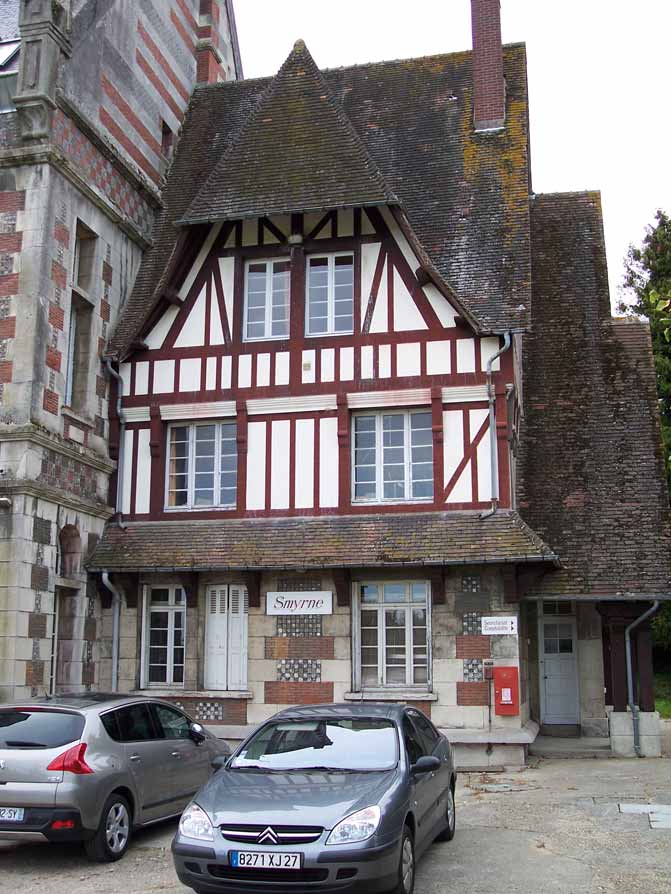
Accolée à l'émetteur, l'habitation du chef de poste
Attached to the transmitter, the house of the station chief
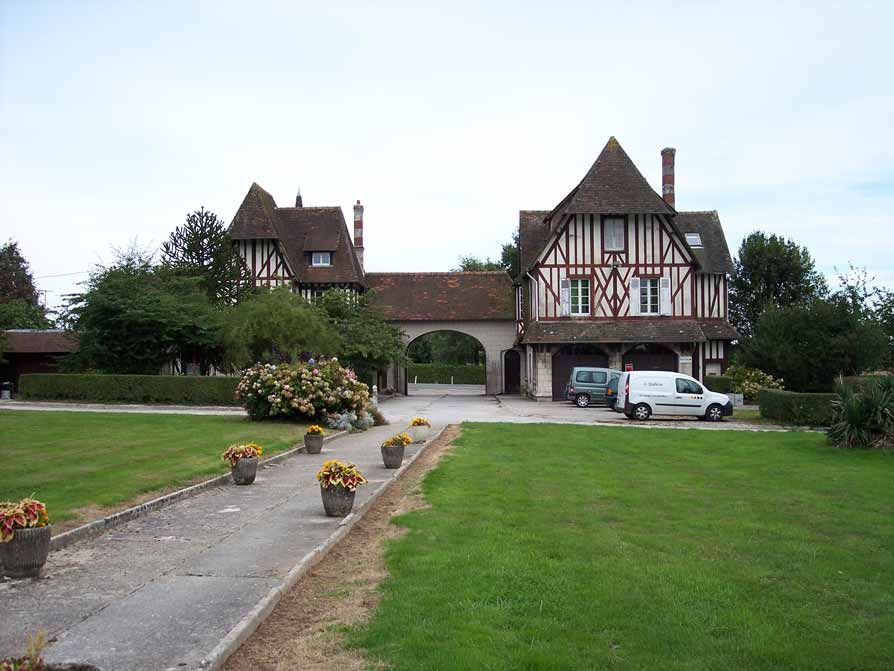
Depuis le parvis, vue sur l'entrée principale avec la maison du gardien
From the forecourt, view of the main entrance with the caretaker's cottage
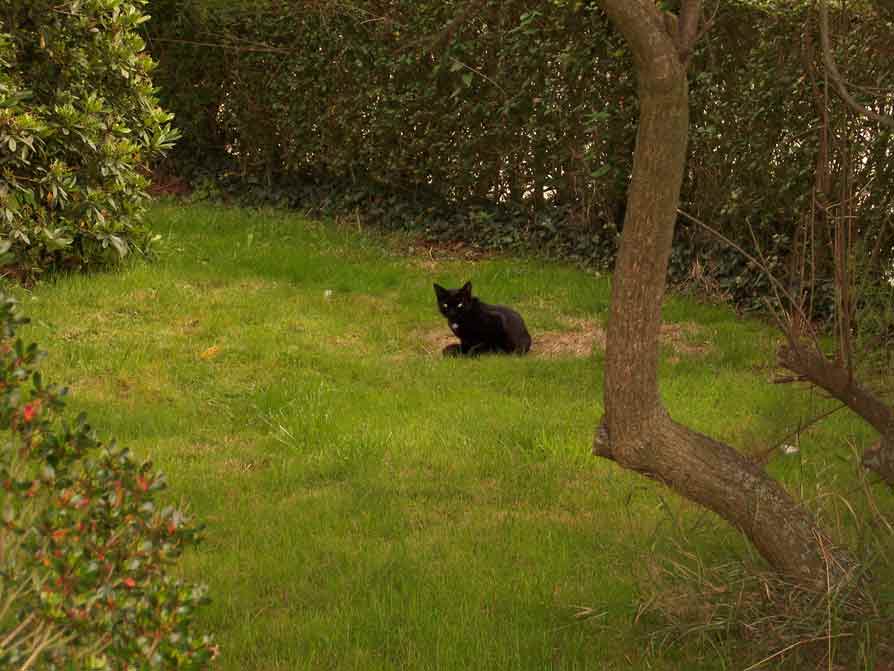
Le tout nouveau gardien des lieux à son poste de guet
The brand new guardian of the place at his lookout post

Côté Nord, la jolie résidence du fondé de pouvoir
North side, the pretty residence of the attorney
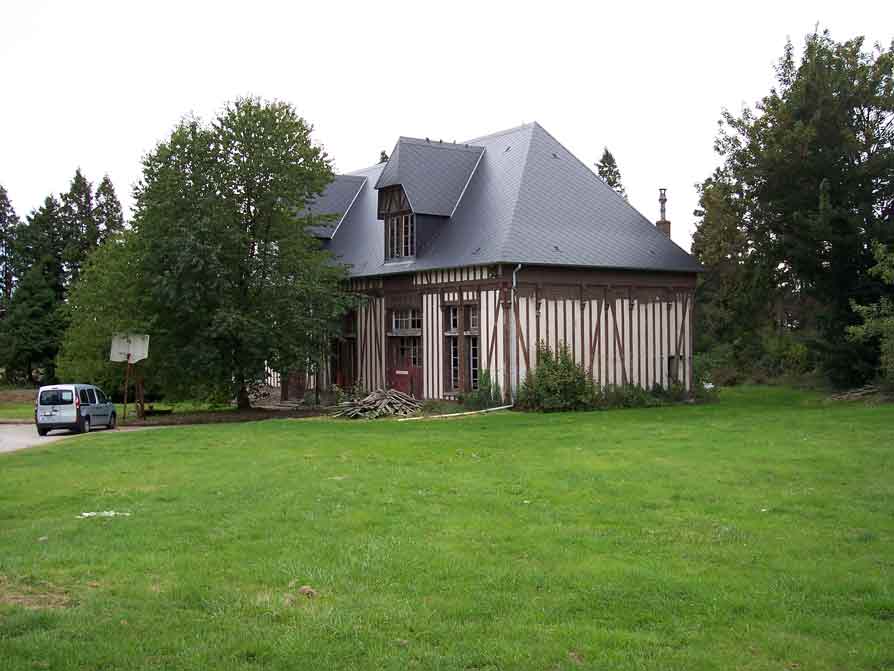
Côté sud, l'ancien bâtiment des machines (générateurs Diesel).
South side, the old machine building (Diesel generators)

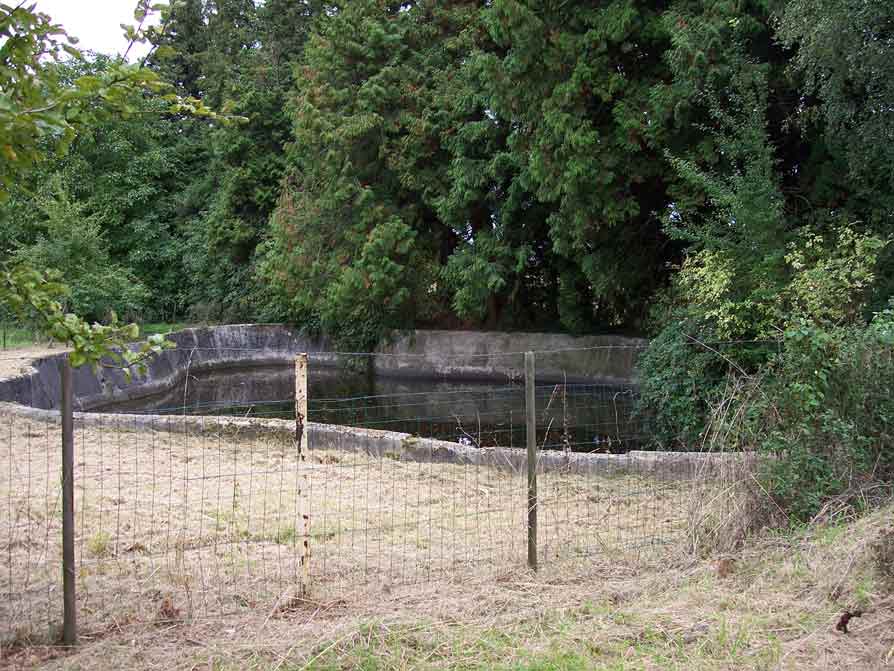
Un bassin d'eau de pluie pour le refroidissement des moteurs Diesel
A rainwater basin for cooling Diesel engines
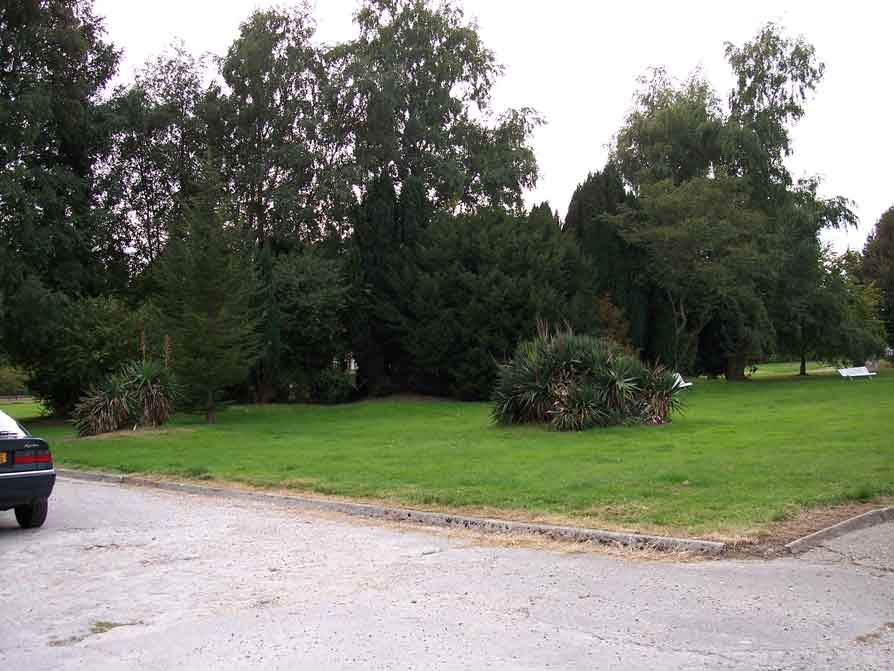
A la place de ce bouquet d'arbres, s'élevait le pylône d'émission
In place of this clump of trees stood the transmission pylon.
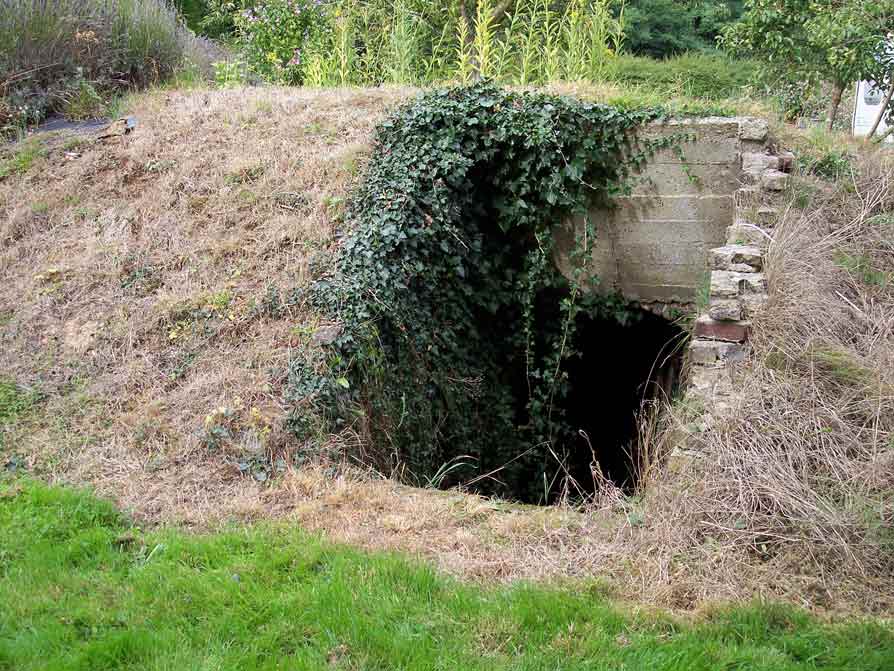
Au nord du terrain, un trou ! Peut-être s'agit-il d'un abri utilisé pendant la guerre ?
To the north of the field, a hole! Perhaps it is a shelter used during the war?
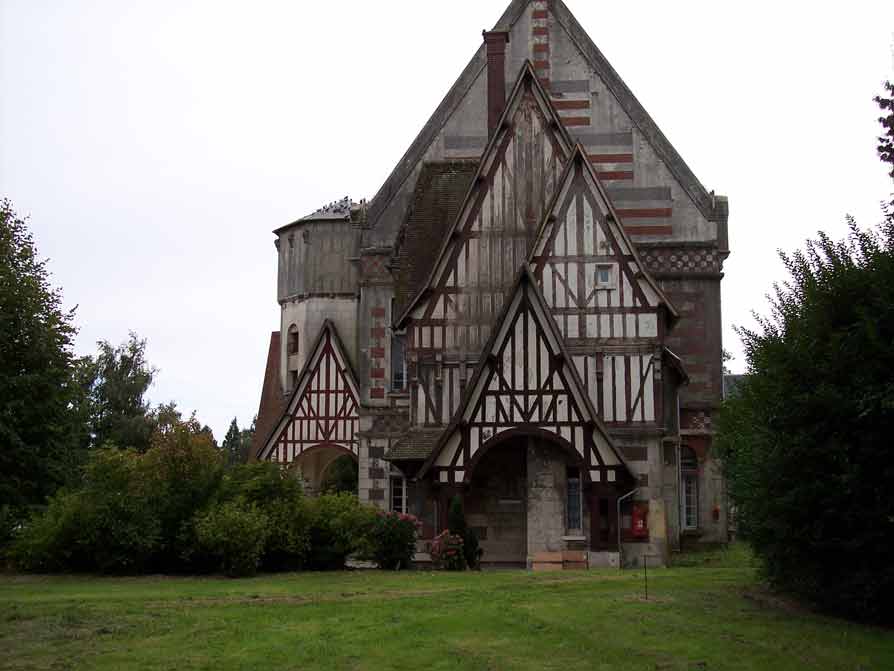
Face Nord
North face
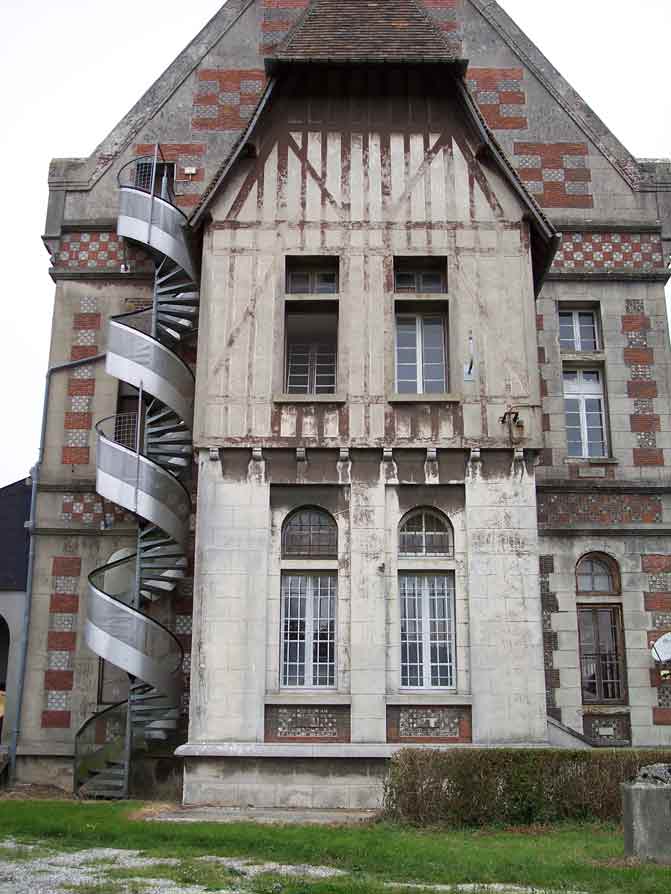
Face sud, l'escalier métallique n'existait pas dans les années 30. Le feeder d'alimentation sortait à gauche
au niveau du 1er étage, passait devant les fenêtres pour rejoindre la base du pylône vers la droite de la photo.
South face, the metal staircase did not exist in the 1930s. The power feeder came out on the left
at the level of the 1st floor, passed in front of the windows to join the base of the pylon towards the right of the photo.

Base d'une des sept crosses de béton qui soutenaient le feeder d'alimentation vers l'antenne
Base of one of the seven concrete crosses that supported the feeder
to the antenna
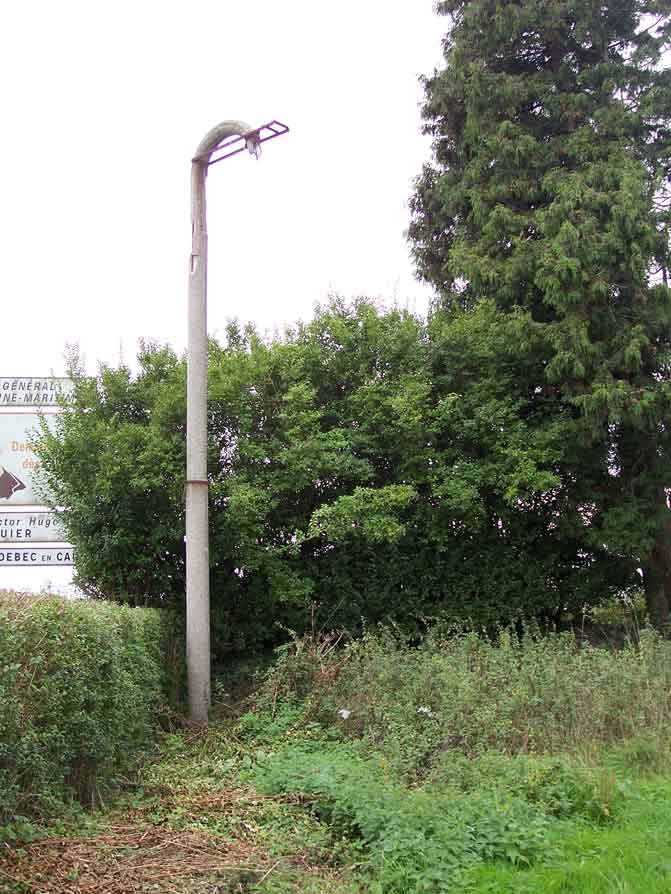
Heureuse initiative pour ne pas oublier le passé glorieux de ce domaine, une des crosses en ciment a été conservée.
Ce vestige de la radio est visible au bord de la route à l'angle sud du domaine (vers Caudebec). (hauteur = 8 m)
Une seconde crosse existe côté nord (vers Yvetot) bien que cachée désormais par la végétation.
A happy initiative so as not to forget the glorious past of this area, one of the cement sticks has been preserved.
This vestige of the radio is visible at the side of the road at the southern corner of the estate (towards Caudebec). (height = 8 m)
A second cross exists on the north side (towards Yvetot) although now hidden by vegetation.
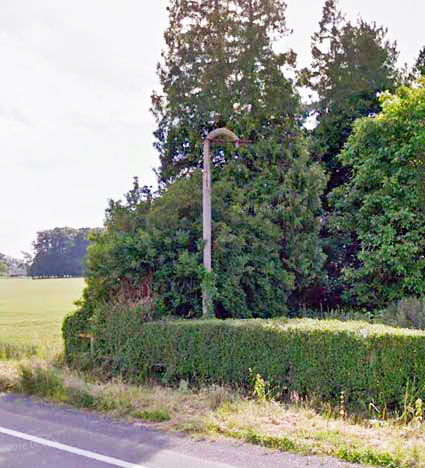
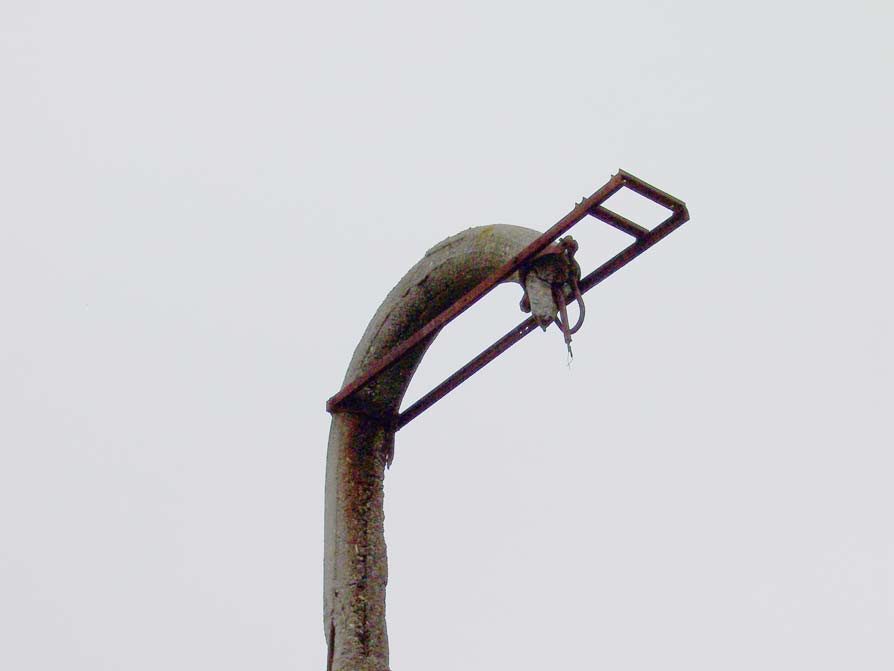
Gros plan sur le système qui soutenait le câble d'alimentation
Close-up of the system that supported the power cable
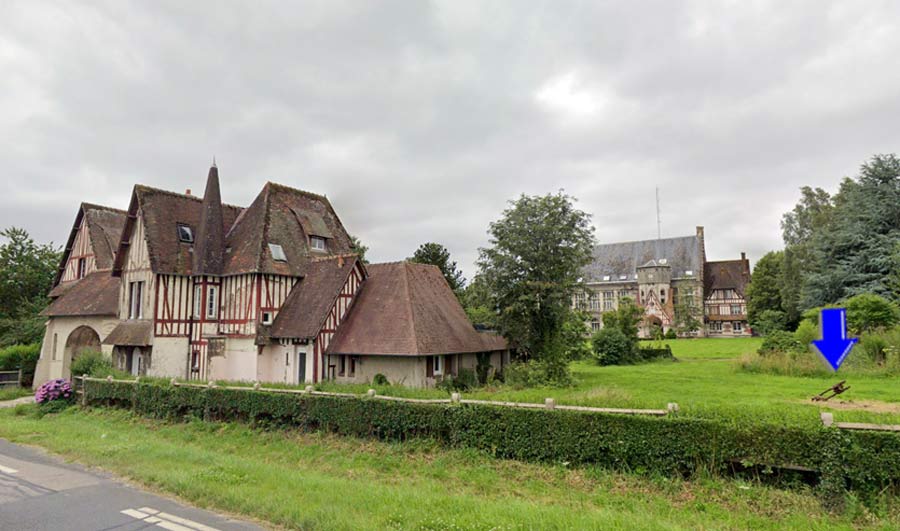
L'entrée du domaine de nos jours avec le bâtiment principal en arrière plan. On aperçoit une pièce métallique
dépassant du sol, certainement l'un des points d'ancrage des haubans du pylône d'émission
The entrance to the estate today with the main building in the background. We can see a metal piece
protruding from the ground, certainly one of the anchor points of the guy wires of the pylon

Offshore Echos Magazine 162 (déc 2010)
A L'OCCASION DES JOURNEES DU PATRIMOINE 2010

D'autres photos des "Journées du Patrimoine 2010" sont disponibles via ce lien :
Other photos of the "Heritage Days 2010" are available via this link > 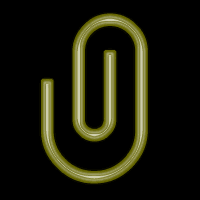 patrimoine.htm patrimoine.htm
The Louvetot transmitter opens its doors. For the European Heritage Days on 18 and 19 September 2010, the building that housed the transmitter of the famous Radio-Normandie more than seventy years ago opened its doors to the public. It was a unique opportunity for OEM sleuths to visit the site and get a glimpse of the building, which was occupied by the Germans during the Second World War. An air-raid shelter still remains. There's little sign of radio activity on the site, apart from this eight-metre-high concrete pillar tucked away in a corner of the grounds. If you're curious, you'll immediately recognise it as one of the supports that carried the power line to the mast, where a clump of trees now stands in the middle of the lawn. Since the end of public broadcasting in 1974, the site and the building have belonged to a religious community called "Le Buisson Ardent". The "spiritual waves" have not completely replaced the terrestrial ones, as the evangelists run the Haute-Normandie relay of the Phare FM network, whose antenna can be seen on the roof. The interior, which has been transformed into a place of worship, provides accommodation for the faithful. To mark the occasion, exhibition panels on the ground floor show the history of the building through photos and documents.
Photo : in front of the forecourt, this basin (without the goldfish today) was used to collect rainwater to cool the transmitter's lamps |
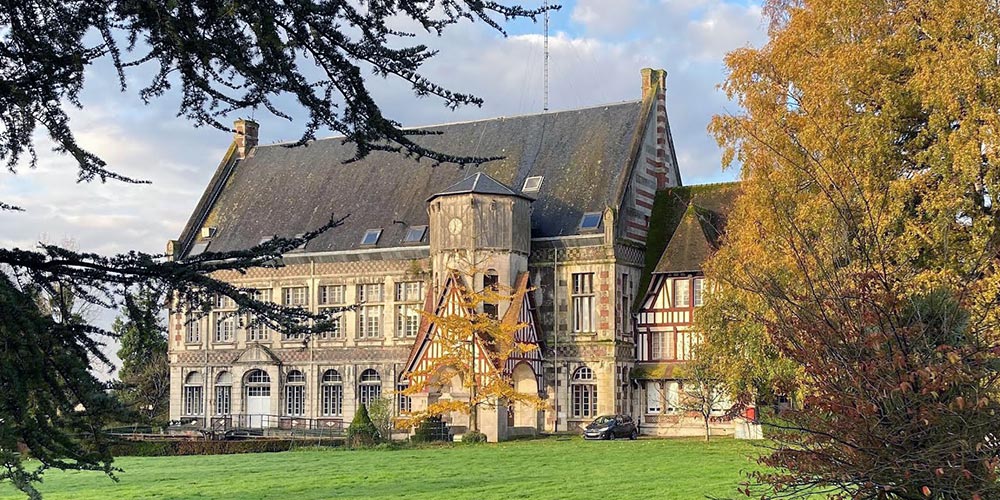
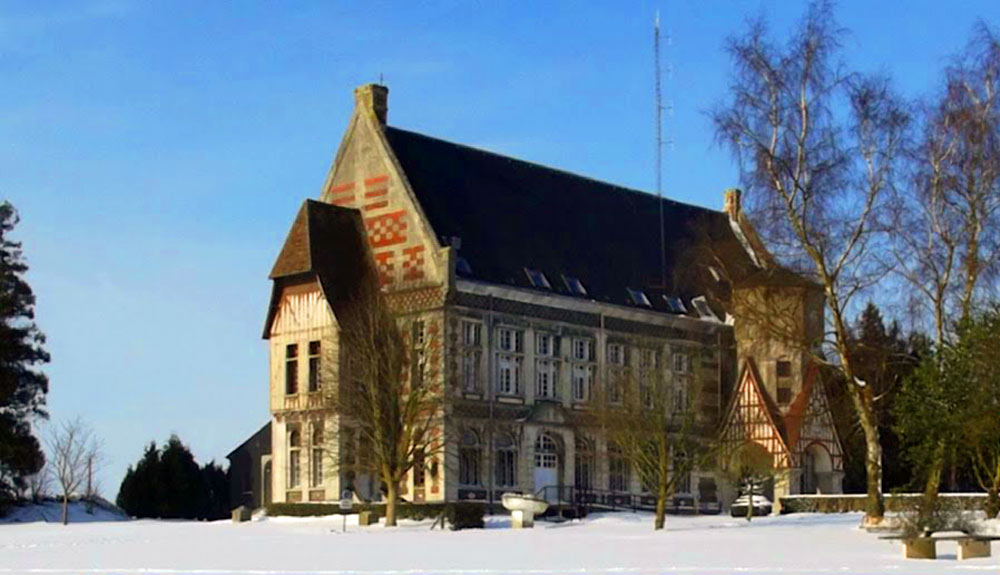
Louvetot sous la neige / in the snow
|





